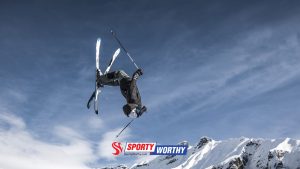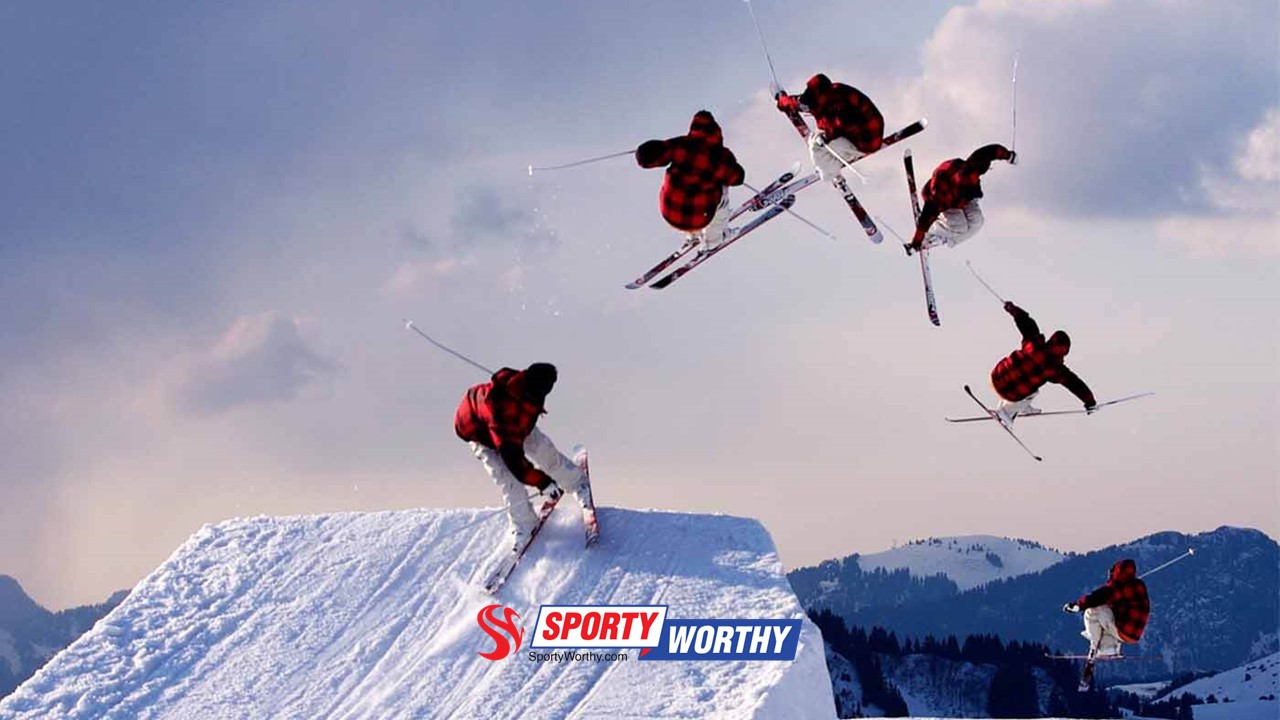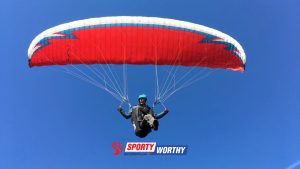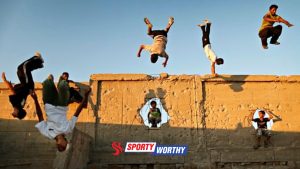Table of Contents
ToggleFreestyle skiing has gained immense popularity among adrenaline-seeking enthusiasts, drawing in thrill-seekers from around the world eager to push the boundaries of gravity and skill. Its unique blend of athleticism, creativity, and risk has made it a sought-after discipline within the skiing community. Proper training and techniques are of utmost importance to excel in skiing. Whether perfecting aerial maneuvers, mastering rail slides, or navigating challenging terrain, honing the necessary skills through expert tips and training techniques is essential for unleashing one’s inner freestyle skiing pro.
What is Freestyle Skiing?
Freestyle skiing is a dynamic and exhilarating sport combining acrobatics, aerials, and mogul skiing elements. Athletes perform a variety of tricks and maneuvers while navigating through challenging terrain, showcasing their agility, creativity, and technical skills. With its roots dating back to the 1930s, when Norwegian skiers began performing aerial stunts, skiing has evolved into a popular discipline within the skiing community, attracting athletes from around the world who push the boundaries of what is possible on the slopes. Freestyle skiing competitions feature slopestyle, halfpipe, and big air, where athletes showcase their ability to seamlessly blend technical mastery with artistic expression, captivating audiences with their daring performances.
In freestyle skiing, athletes demonstrate mastery of the sport by executing complex tricks and maneuvers with precision and style. From spinning and flipping in the halfpipe to navigating a series of obstacles in slopestyle, skiing requires a combination of athleticism, balance, and fearlessness. Competitors strive to perfect their craft by continually pushing the limits of achievable goals, often innovating new techniques and tricks to stay ahead of the curve. Freestyle skiing has become a celebrated aspect of the winter sports landscape, captivating audiences with its high-flying action and showcasing the incredible skill and creativity of athletes participating in this thrilling discipline.

1. Mastering the Basics
In freestyle skiing, mastering the basics is crucial for success. Emphasizing fundamental skills such as balance, control, and turning is paramount to laying a strong foundation for more advanced tricks and stunts. These basic skills form the building blocks upon which all other maneuvers are built. Freestyle skiers will struggle to execute complex aerials and spins without a firm grasp of balance. Similarly, executing more advanced techniques becomes increasingly challenging without precise control and efficient turning. Therefore, honing these fundamental skills is essential for any freestyle skier aiming to progress and excel in the sport.
Furthermore, mastering the basics of freestyle skiing not only enhances the performance of individual athletes but also contributes to the overall safety of the sport. Solid foundational skills decrease the likelihood of accidents and injuries, promoting a safer environment for all participants. Coaches and instructors can instill discipline and technique in their students by emphasizing the importance of honing these basics, ultimately fostering a more robust and sustainable skiing community. In essence, mastering fundamental skills in freestyle skiing is a pathway to more advanced tricks and stunts and a means of promoting safety and longevity within the sport.
2. Building Strength and Agility
Strength and agility are crucial in executing skiing tricks and stunts, especially freestyle skiing. Generating power and control is essential for launching off jumps, spinning in the air, and landing with precision. Strong muscles, particularly in the legs and core, provide the foundation for stability and balance, while agility enables skiers to adapt quickly to changing terrain and perform complex maneuvers. Freestyle skiing demands a high level of dynamic strength and agility to execute tricks with finesse and control, making it imperative for athletes to focus on developing these physical attributes.
Off-season conditioning is vital to enhance strength and agility, specifically in freestyle skiing. This period allows skiers to dedicate time to building strength and improving agility through targeted exercises. Strength training should focus on compound movements such as squats, lunges, and deadlifts to build lower body strength, while core exercises like planks and Russian twists help improve stability and control. Agility training can involve drills that emphasize quick changes in direction, such as ladder drills and cone exercises. Additionally, incorporating plyometric exercises like box jumps and lateral bounds can enhance explosive power and agility, which are crucial for excelling in skiing.
3. Mental Preparation and Visualization
Mental preparation and visualization are crucial elements in the world of freestyle skiing. Before hitting the slopes, athletes must mentally prepare themselves for the challenges ahead. Visualization exercises can help freestyle skiers envision their runs, anticipate obstacles, and precisely plan their movements. By mentally rehearsing their routines, athletes can cultivate a sense of confidence and familiarity, which is essential for peak performance in skiing. Additionally, overcoming fear is a significant aspect of mental training in skiing. Athletes can employ techniques such as deep breathing, positive self-talk, and mindfulness to manage their fears and anxieties, allowing them to push their boundaries and execute daring maneuvers with control and composure.
Freestyle skiers can incorporate various mental training techniques into their regimen to enhance performance and confidence on the slopes. Visualization exercises, where athletes vividly imagine themselves executing flawless runs, can help fine-tune their technique and enhance their focus. Moreover, using mental imagery to visualize overcoming obstacles and mastering challenging maneuvers can instill a sense of readiness and resilience. By addressing fear through mental toughness training, freestyle skiers can develop the mental fortitude to conquer daunting jumps and intricate tricks, ultimately elevating their performance and confidence on the freestyle skiing circuit.
4. Learning from Seasoned Professionals
Learning from seasoned professionals in freestyle skiing can provide invaluable insights and knowledge that cannot be gained from practicing alone. By seeking mentorship from experienced freestyle skiers, aspiring athletes can tap into a wealth of expertise and guidance that can accelerate their skill development. Attending workshops and training sessions led by professionals in the freestyle skiing industry allows individuals to learn firsthand from those who have mastered the craft, providing a platform for exchanging ideas, receiving feedback, and honing their techniques. Studying the approaches and strategies of successful skiing athletes can offer a blueprint for achieving excellence in the sport, as it provides a tangible roadmap for aspiring skiers to follow and emulate.
The benefits of learning from experienced freestyle skiers and professionals in the field are manifold. Firstly, this mentorship and guidance can help individuals avoid common pitfalls and mistakes, allowing them to progress more efficiently in their freestyle skiing journey. Furthermore, exposure to different perspectives and techniques through workshops and mentorship can broaden an athlete’s understanding of the sport, fostering creativity and innovation in their approach to skiing. Lastly, studying the techniques and methods of successful freestyle skiing athletes can serve as a wellspring of inspiration and motivation, propelling individuals to strive for greatness and push their boundaries in pursuing excellence in the sport.
Parting Thoughts: Freestyle Skiing Tips
In conclusion, the blog post emphasizes the significance of expert tips and training techniques in unlocking one’s potential as a freestyle skiing pro. The post underscores the pivotal role of expert guidance in elevating freestyle skiing proficiency by highlighting key takeaways, such as mastering fundamental skills, refining body movements, and understanding terrain dynamics. Readers are encouraged to apply the outlined strategies and techniques to enhance their skiing abilities and strive towards accomplishing their goals on the slopes. With dedication and implementation of these valuable insights, individuals can unleash their inner skiing prowess and experience significant growth in their skiing endeavors.










